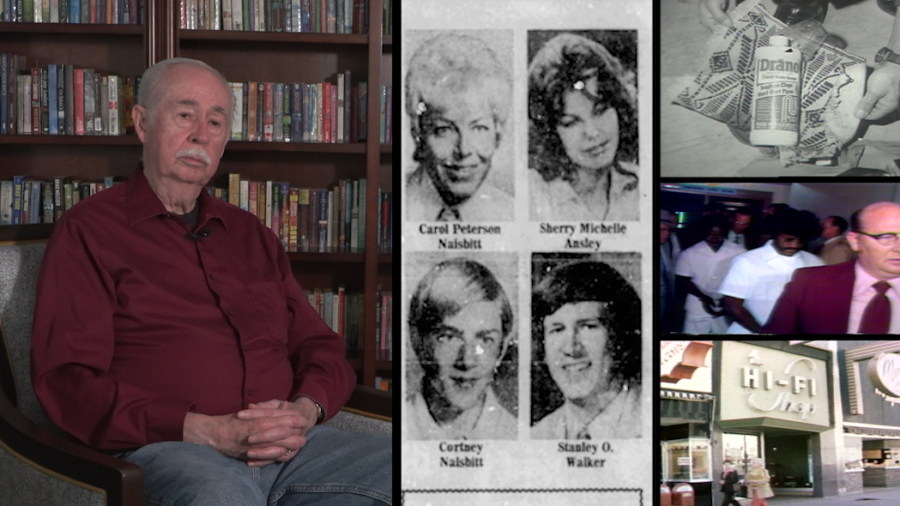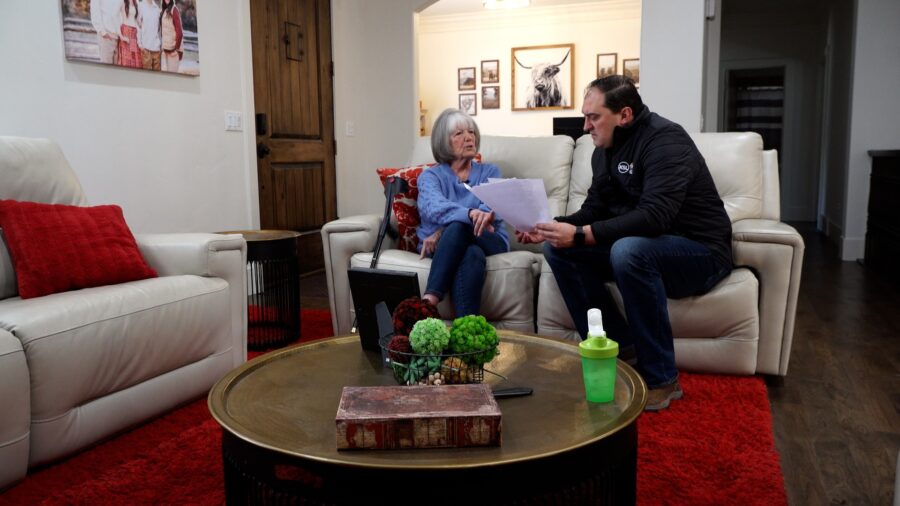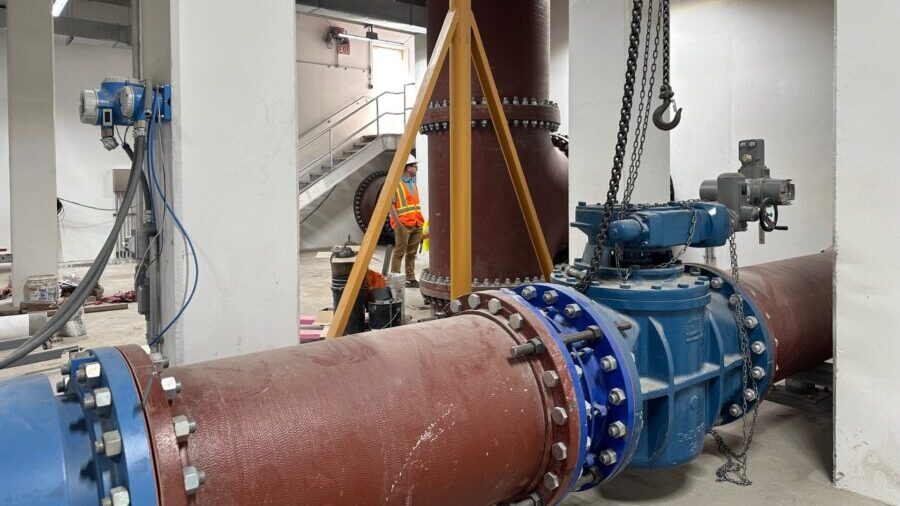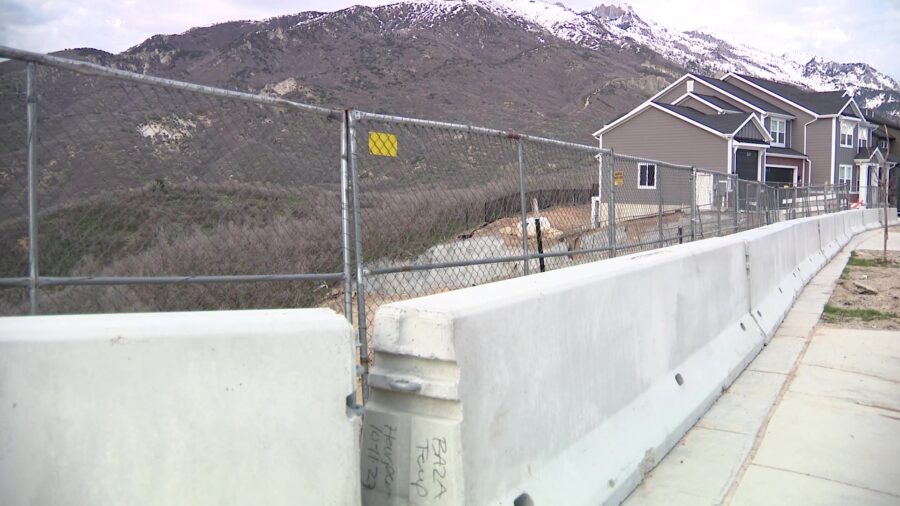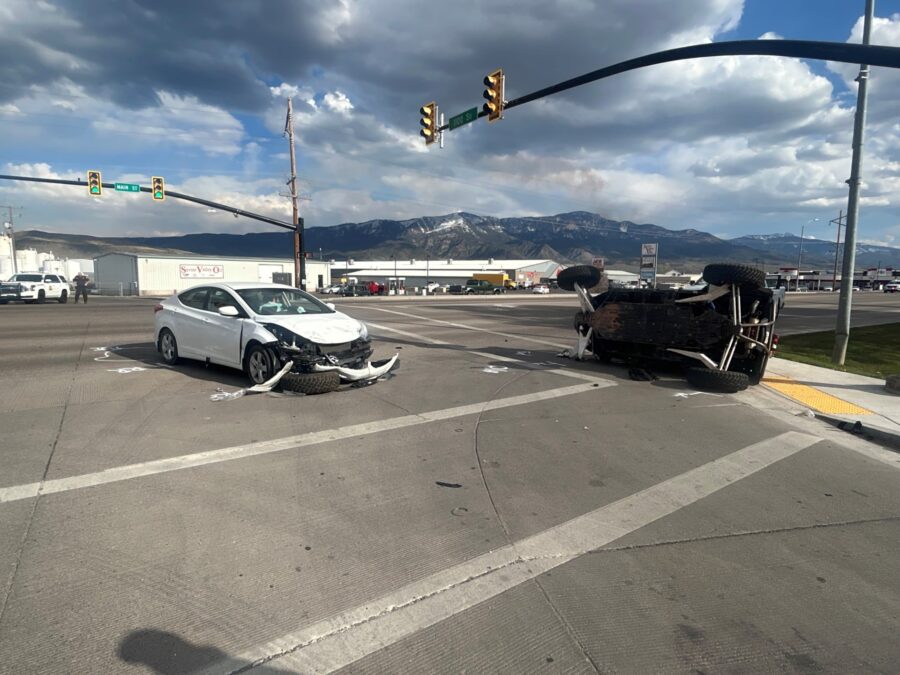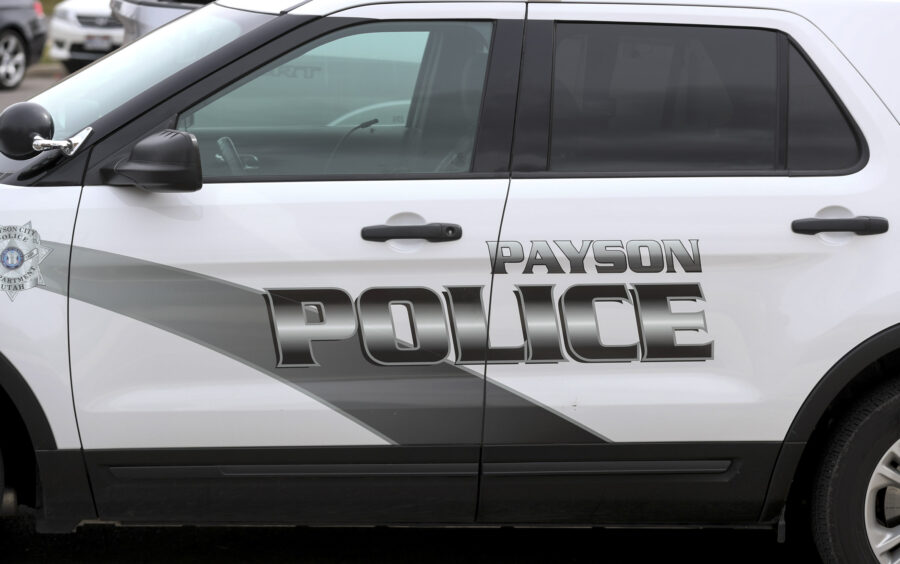UDOT to install new wrong-way driver detection and alert systems
Feb 13, 2023, 11:37 AM
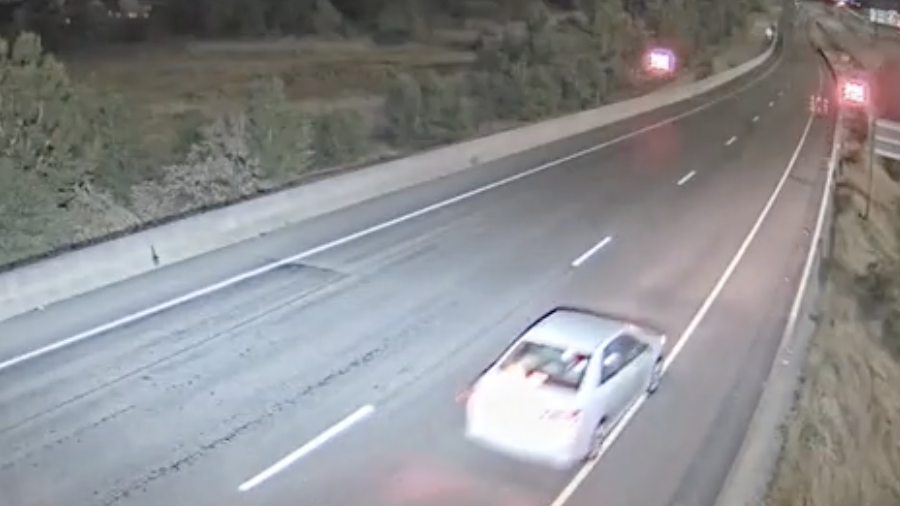
This still from a UDOT video shows the new wrong way signs lighting up as a test vehicle drives the wrong way on an offramp. (UDOT)
(UDOT)
SALT LAKE CITY — A new system to reduce the number of wrong-way drivers on Utah’s freeways is on the way, according to the Utah Department of Transportation.
UDOT says the wrong-way systems will improve safety by alerting drivers who are going the wrong way and by speeding up the process of alerting the Utah Highway Patrol and UDOT when a wrong-way driver is detected.
“We’re always looking at ways we can use technology to make our transportation system work better,” said Robert Miles, UDOT traffic and safety director. “This innovative system will help prevent wrong-way crashes, making our roads safer for everyone who uses them.”
How does it work?
The system consists of a detector unit, which includes a radar and high definition/infrared cameras, and a series of red “WRONG WAY” warning signs equipped with high-intensity LED lights.
UDOT said the LED signs activate to alert the driver when a wrong-way vehicle is detected by either the radar or cameras.
If the vehicle continues going the wrong way, the system sends automated alerts to the UDOT Traffic Operations Center and UHP so the driver can be tracked and stopped as quickly as possible.
🗣️ New wrong-way driving technology is coming to a road near you.
We’re installing one of the most advanced wrong-way driver warning and detection systems in the country on Utah freeways.
Check it out in action. 👇 pic.twitter.com/WQB6WsmmrI
— Utah DOT (@UtahDOT) February 13, 2023
Testing phase led to results
UDOT crews installed this detection warning and alert system last fall on the northbound offramp from Legacy Parkway at the Interstate 15/Park Lane/U.S. Highway 89 interchange in Farmington and have been testing it for several months.
They said the systems detected and alerted 23 wrong-way drivers during that time. All 23 drivers turned around after seeing the alerts.
Last week, the Utah Transportation Commission approved $2.5 million in funding to install these cameras and signs at 20 additional locations, mostly along I-15 in Salt Lake City.
UDOT said it was testing another wrong-way detection system in 2019, but traffic safety engineers determined the new system would be more effective while adding the ability to actively warn wrong-way drivers.
Along with the new detection, warning and alert system, UDOT has also installed additional signs and modified traffic signals to help make it more clear to drivers which way to go.
Jump in fatal wrong-way crashes
In 2022, there were 24 wrong-way crashes in Utah, with eight of those incidents resulting in 10 deaths, according to state troopers.
In 2021, seven people were killed in wrong-way crashes in Utah while 2020 saw the previous record of nine deaths from wrong-way crashes.
Putting the brakes on wrong-way drivers: Finding solutions to deadly crashes
UDOT said wrong-way crashes are especially dangerous because they are typically head-on and at highway speeds.
Earlier this year, a Bountiful man was killed in a wrong-way crash on I-15 near the Salt Lake/Davis county line. Troopers were investigating alcohol as a contributing factor with the wrong-way driver.
UDOT data showed seven of 2022’s eight fatal wrong-way crashes involved an impaired driver. Of note — this data only focused on divided freeway crashes and does not include crashes where a driver crossed the center line.
Why not install spike strips?
KSL TV asked UDOT about a possible tool, one that many viewers have emailed and commented as a solution: embedded strip spikes on freeway on and offramps. Miles said it wouldn’t work for many reasons.
“They’re not really designed to work on large semis that are hitting them at the speed that ours do,” Miles said. “They’re not really designed to work in an area where we put salt down to remove ice during the winter. They get gummed up, they get jammed up, and they’re not really effective to do that.”
Miles mentioned another statistic making tire shredders impractical: most drivers who enter the wrong way realize their mistake and self-correct. Puncturing their tires could also clog the ramps with disabled vehicles.
The strips may not stop impaired drivers, either.
“The record will show there’s plenty of instances where they keep driving and are still a concern to people,” Miles said.


